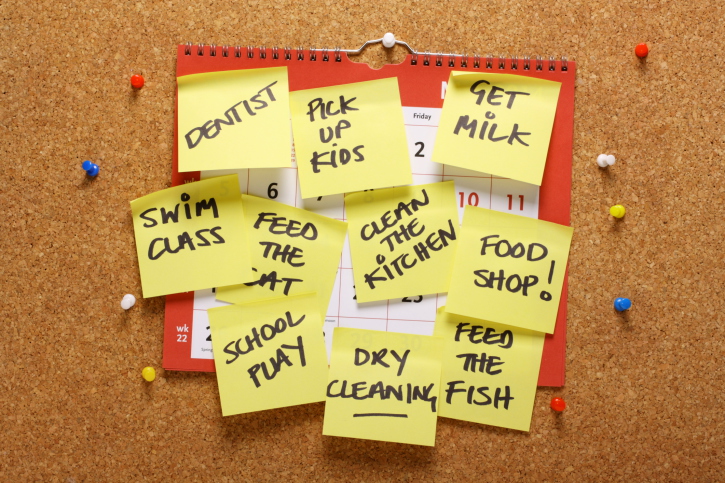Life is so busy that many of us find ourselves wearing many hats.

To name a few, supermom or dad, friend, spouse, personal taxi driver, chef extraordinaire, caregiver, sibling, student, employee, volunteer, mediator, therapist, mentor or fill in your own blank here ________________________. The truth is, the list is long.
But, with all this going on in our lives, how do we achieve the illusive work-life balance? And how do we know once we’ve found it?
If you’re answer is “I don’t know”, you’re not alone. According to the Canadian Mental Health Association, 58% of Canadians report “overload” as a result of the pressures associated with work, home and family, friends, physical health, volunteer and community service.
Do you consider your life out of balance? The daily stress associated with the various hats you wear can actually be good for you, to a point. Believe it or not, a little bit of stress improves mental sharpness and can even make us more efficient. But, how do you know when you’ve moved from a healthy amount of stress to too much?
According to the Canadian Mental Health Association, here are some of the warning signs to watch out for:
- You feel like you’ve lost control of your life
- You often feel guilty about neglecting your different roles
- You frequently find it difficult to concentrate on the task at hand
- You’re always tired
Take the CMHA’s Work-Life Balance Quiz to see if your life is in balance.
So how do we achieve balance?
With a finite 24 hours in each day, (there’s no way to magically make more), the Mayo Clinic suggests we start by setting limits. We can do this by paying close attention to where our time is going and finding efficiencies.

Are there activities you can cut out to help ease your day? Start by asking yourself if the activities and tasks filling your day are necessary, and if you enjoy them. If the answer is no it’s ok to feel this way. Also, don’t be afraid to say no, it’s OK to politely decline an invite.
Next, to help you maintain focus, map out your remaining commitments on a calendar.
 Doing this will help you create a realistic to-do list each evening for the next day.
Doing this will help you create a realistic to-do list each evening for the next day.
The Mayo Clinic also suggests that you leave work at work. Advances in technology and mobile devices mean it’s really easy for work to follow us home. Now more than ever, we need to make a conscious effort to leave work at work. Power down those devices and stop making yourself available 24/7.
Also, talk to your manager or human resources to see if there are alternative or flexible work arrangements available, or if not, see if they’d be willing to work with you. If it means for example, that you would be able to commute to and from work during off-peak times, this could greatly help to reduce stress.
Self-care is very important in achieving work-life balance. The healthier you are, the better equipped you are to manage stressful situations.
Build a strong healthy foundation for yourself by eating a healthy diet, getting enough sleep and setting aside time for physical activity and of course, some fun!
Finally, money matters are a leading cause of stress in today’s society. The Canadian Mental Health Association suggests creating and implementing a household budget (that also considers your future) can help reduce financial stress.
 Finding a balance isn’t easy, and balance is different for everyone. Still, it’s important for each of us to take steps to find it.
Finding a balance isn’t easy, and balance is different for everyone. Still, it’s important for each of us to take steps to find it.
What could you do to achieve a work-life balance?
